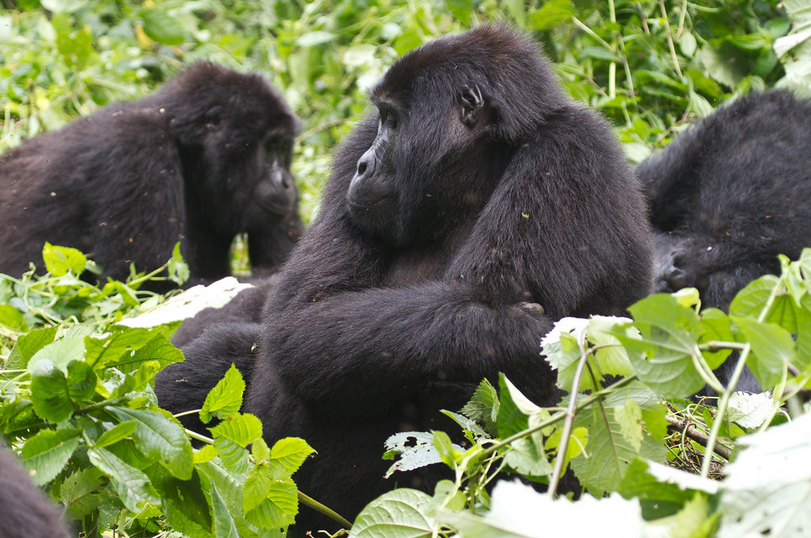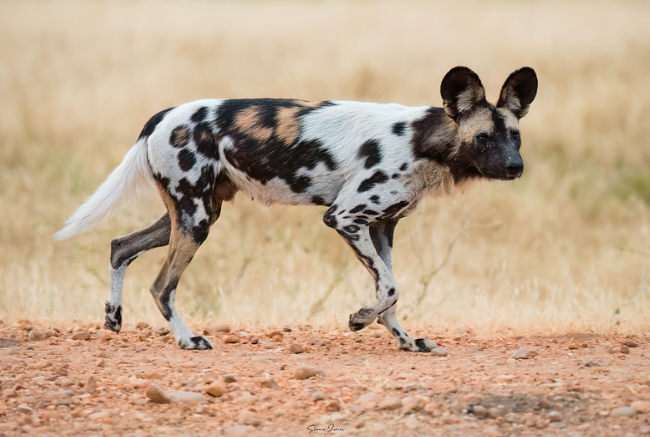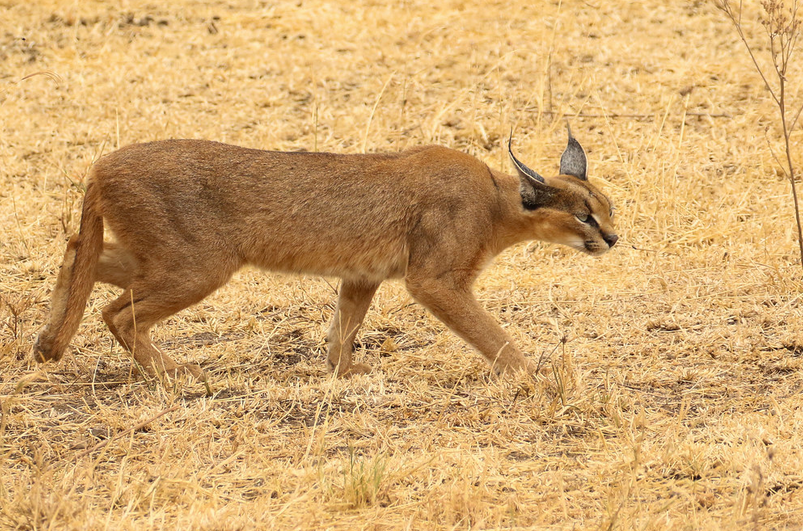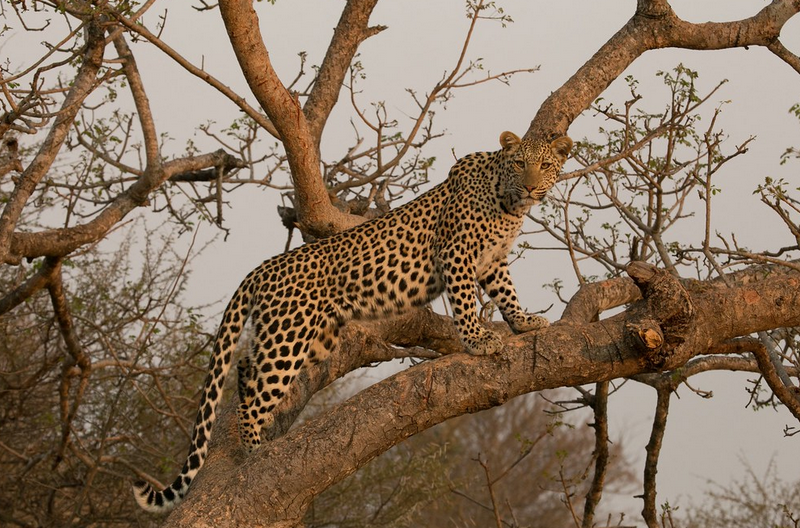The Basoga Culture
“Land of the Soga”
Overview:
The Basoga Culture: is one of the four constitutional monarchies in present-day Uganda and a cultural institution which promotes popular participation and unity among the people of the Busoga region through development programs to improve their standard of living. The Basoga are united people who have social, economic and cultural prosperities. Busoga means “Land of the Soga” and is a kingdom of the 11 principalities of the Basoga or Soga people. Its capital is Bugembe near Jinja which is Uganda’s second largest city after Kampala city. Busoga is made up of ten districts; Kamuli, Iganga, Bugiri, Mayuge, Jinja, Luuka, Bugweri, Buyende, Kaliro and Bugweri. Each of the mentioned districts is headed by an elected chairperson or a Local Council Five; they are headed by an elected mayor. Jinja is the industrial and economic hub of Busoga and bordered on the north by shallow Lake Kyoga (separating it from Lango), on the west by the Victoria Nile (separating it from Buganda), on the south by Lake Victoria (separating it from Tanzania and Kenya) and on the east by the Mpologoma River (separating it from smaller tribal groups; the Adhola, Bugisu and Bugwere). It also includes several islands in Lake Victoria such as the Bugala Island.
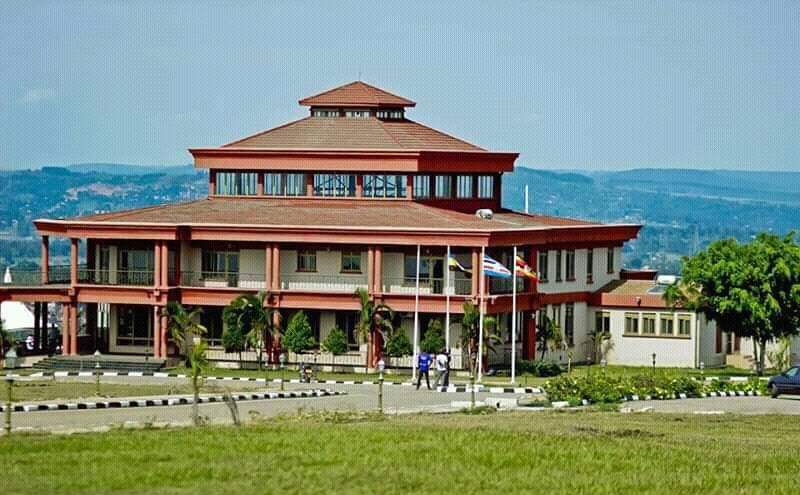
The Basoga Culture
What to see and enjoy
The king (Kyabazinga)
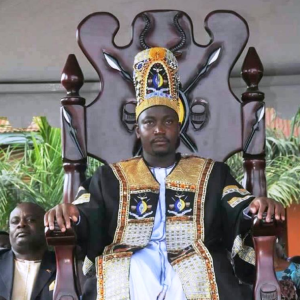
Busoga is ruled by the IseBantu Kyabazinga who is currently William Kadhumbula Gabula Nadiope IV the grand son to Wilberforce Kadhumbula Nadiope, former Vice President and also Kyabazinga of Busoga kingdom. In 1995, the government restored monarchies in Uganda in Article 246(1) of the constitution of Uganda. on 11 February 1996, Henry Wako Muloki was reinstated as Kyabazinga IseBantu of Busoga. Muloki’s achievements included programs of youth, the elderly, the poor and the educated girls. Although the Royal Chiefs of Busoga at first elected Edward Columbus Wambuzi, Muloki’s son as Kyabazinga of Busoga, the election was contested due to lack of quorum; at least eight chiefs and thus electing later Gabula Nadiope IV with ten out of eleven chiefs and was crowned on 13th September 2014.
Clans
Basoga clans were divided into two categories; the “Abakopi clan” which was for the commoners to which the majority belonged and the “Abalangira clan” which was for the members of the royal family. Intermarriages between the commoners and the royal families tended to close potential social gaps.
Language
Lusoga language is closely related to Luganda of the Baganda people most especially spoken by the Ssese Islanders. There exist many Lusoga dialects however, Buganda influence over Busoga was so much that Luganda tends to be used as a lingua Franca in Busoga more than the Lusoga itself. In Busoga, there are so many dialects of the Lusoga language that is difficult to reach agreement on the correct way to spell or pronounce certain words. For instance, in the northern Busoga, there is a distinct “H” but the people from the south do not accept this “H” as being appropriate to the Lusoga language.
Land ownership
In Busoga kingdom, each clan had land and the clan leader (Mutaka) was responsible for the clan’s land. The land could not pass ownership from one clan to another nor could a member be granted land by the clan head be deprived of it. Any member could get land by simply asking the clan head for it because there was plenty of land. A member of another clan could be allowed to cultivate land but only as a tenant (Mugiha) but if any member of the clan asked for it, the land could be taken from him. The Basoga were settled agriculturalists and they were quite rich in food and cattle.
Kagulu Rock
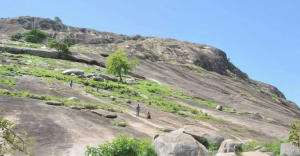
This is a rocky prominence that rises 10,000 feet (3,048 meters) above the sea level and was the first settlement area for the Basoga and Bunyoro led by Mukama. Although Kagulu’s cultural influence is widespread, its visible land mark is the Kagulu rock. This rock is between two roads which fork at its foot leading to Gwaya and Lyingo. Kagulu rock has a clear view of almost the whole of Busoga with steps making it easier for visitors to reach at the top. The rock has been a tourist attraction in Eastern Uganda for several years; previously, it had caught the curious eyes of the foreign NGO workers in the area but with the advent of the local initiative to promote the site, Kagulu rock is now a big attraction to all.
Religious beliefs
The Basoga believed in the existence of a spirit world; they called the Supreme Being Lubaale and human agents worked as messengers of Lubaale and other minor gods or call them ancestors. To these people, the spirit world, animated objects, places of worship and fetishes had power to do good or even evil to the living. Below Lubaale, Basoga also worshiped Mukama the creator of all things, Jingo the public god who attended to the general needs of the people, Bilungo the god of plagues, Nawandyo, Semanda, Gasani and Kitaka. The Basoga called magicians, fetish men and spirit mediums Bachwezi.
Marriage
Polygynous marriages were encouraged because they increased a man’s chances of having a large family. Since marriages are between families not individuals, relatives on both sides become interested in whom one is marrying and once the two families reach an understanding, the man’s side pays bride wealth to his prospective in-laws in appreciation for raising his wife to be. The wife expects her husband to provide clothing and housing and also to treat her and her relatives well. The husband expects his wife to be a good cook and also work hard enough to provide daily food, bear children and have good relations with his relatives. Failure by either party to meet these obligations may result in separation or divorce. Families try to intervene to prevent the dissolution of a marriage.
Budhumbula Shrine and Palace
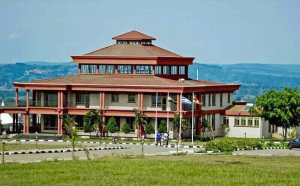
Located two kilometers from Kamuli on the Kamuli-Jinja road, the site includes a shrine and the residence of former Kyabazinga William Wilberforce Kadhumbula Nadiope, who died in 1976. The marble-covered shrine contains the graves of the members of the Royal family which includes; Nadiope’s father (Yosia Nadiope) and mother (Nasikombi). Other graves in the shrine are those of his son, former Uganda government minister Wilson Nadiope, who died in 1991 and his mother Yuliya Babirye Nadiope, who died in 2004. The main palace residence is a legacy of the British colonial government which donated it in 1914.
Death and Afterlife
The Basoga believe that when a person dies, the spirit remains alive while the flesh is rotting. Since these people believe that life after death is a continuation of what one was doing on earth, the deceased must be given a proper burial which includes burying the body in ancestral land, ensuring that all clan traditions are followed before and after the burial and burying the body with some items that were associated with the deceased.
The Influence of the Luo
The Basoga were also under the influence of the Luo rulers of the Bunyoro and as a result, the Basoga followed some of the Luo customs for example, at puberty they used to extract the sixth tooth in the lower jaw as an initiation of adulthood just like the Alur of West Nile and the Jolou of western Kenya. Even some of the ceremonies of the Basoga especially those regarding death resembled those of the Luo.
Origin
Because of the continuous movements and intermingling of the people within that region, the history of the people is complex. It can be asserted however that the earliest inhabitants of Busoga belonged to the same Bantu group comprising the Batooro and Baganda. Their origin can therefore be traced like the other Bantu groups to the Katanga region of Central Africa. Tradition holds that the earliest inhabitants were the Langi, Bagishu and Iteso who were later engulfed by migrants from Buganda.
The earliest settlers in Busoga are said to have occupied Lake shore areas of modern Bukoli, Nyanyumba’s Banyankole are believed to have been among these earliest inhabitants. These early settlements took place far back in the 14th century but they were later joined by the other people from Mt Elgon region. These people are said to have been led by Kintu and are said to have settled in Bugabula and Bulamogi. They were later joined by others from Budama and some from Kigulu in Kenya.
Before the arrival of Europeans, the Basoga were subsistence farmers who also kept cattle, sheep, poultry and goats. They often had gardens for domestic use close to the homesteads and the women of the household cared for the most common staple foods; millet, bananas, cassava and sweet potatoes. Men generally cared for cash crops such as coffee, tobacco, cotton, corn and peanuts.
Below are some of our tours to different destinations in the Country
1 Day Chimpanzee Ngamba Island Tour
1 Day Source of the Nile Jinja
2 Days Murchison falls national park
3 Days Lake Mburo national park safari
3 Days Murchison falls national park
3 Days Queen Elizabeth national park
4 Days Kidepo savannah wildlife safari
5 Days Queen & Bwindi Adventure safari
6 Days Uganda wildlife & primate safari
7 Days Uganda Adventure Safari
8 Days Gorilla & Wildlife safari
10 Days Gorilla & Adventure safari
Request a Quote
Featured Tour Updates
Permit cost for gorilla trekking in Uganda
Permit cost for gorilla trekking in Uganda Permit cost for gorilla trekking in Uganda : Gorilla trekking is one...
The African Wild Dog
The African Wild Dog The African wild dog: (Lycaon pictus) also known as the African painted dog or Cape...
The Caracal (Felis caracal)
The Caracal (Felis caracal) The Caracal (Felis caracal): is a medium-sized wild cat that can run up to 50...
African Leopards (Panthera pardus)
African Leopards (Panthera pardus) African Leopards (Panthera pardus): are one of the most feared but respected animals in the...


